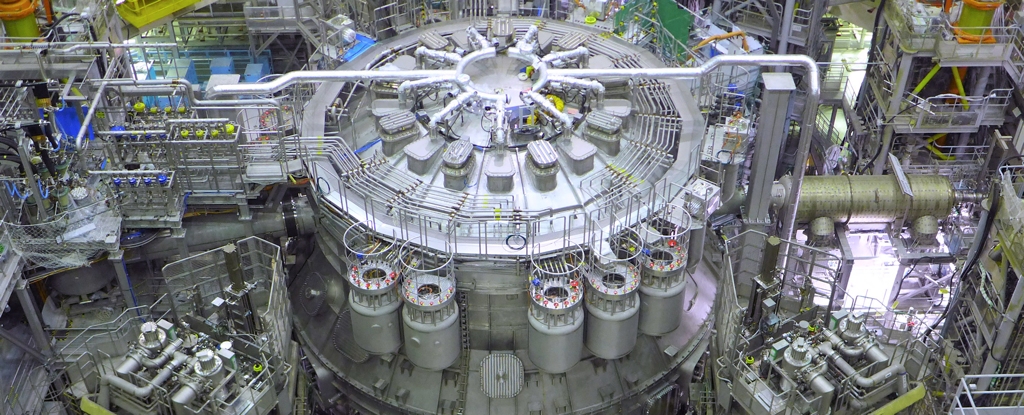Just fyi, the announcement recently from the US National Ignition Facility that they had a break even event and we’re the first to produce net positive energy, is all propaganda. The NIF is a weapons research facility. Inertial confinement doesn’t have commercial applications for energy production. That’s all DoE propaganda. Yeah, they broke even. Doesn’t matter.
However, the new fusion reactor in Japan actually holds promise to go over unity and produce net energy. Fusion reactors scale in power at the 7th power of their volumetric radius, so the larger you build them, the more likely to be useful.
This new reactor is the largest ever built.

 www.sciencealert.com
www.sciencealert.com
However, the new fusion reactor in Japan actually holds promise to go over unity and produce net energy. Fusion reactors scale in power at the 7th power of their volumetric radius, so the larger you build them, the more likely to be useful.
This new reactor is the largest ever built.

The World's Biggest Nuclear Fusion Reactor Just Came Online
The world's biggest experimental nuclear fusion reactor in operation was inaugurated in Japan on Friday, a technology in its infancy but billed by some as the answer to humanity's future energy needs.

